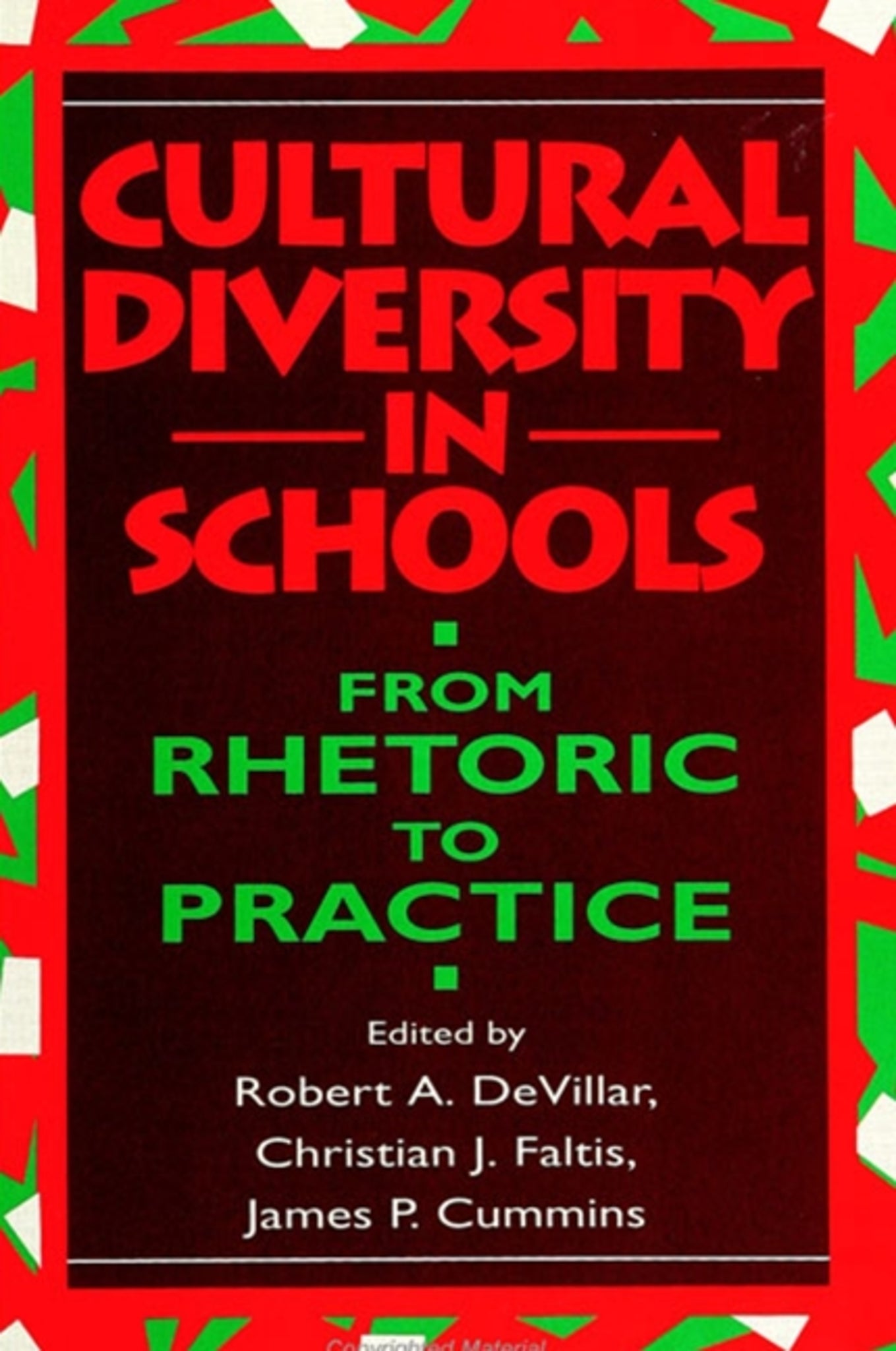We're sorry. An error has occurred
Please cancel or retry.
Cultural Diversity in Schools

Some error occured while loading the Quick View. Please close the Quick View and try reloading the page.
Couldn't load pickup availability
- Format:
-
24 May 1994

This book confronts the patterns of school failure often faced by subordinated minority groups in the United States. It does so by presenting a socioacademic framework that is based on the notion that all groups can have comparable access to quality schooling, comparable participation in the schooling, and derive comparable educational benefits from their participation. Organized around three key, interrelated components-communication, integration, and cooperation-the book combines theoretical concepts with actual classroom practices that support change. It moves us from a position of rhetoric about educational equality to one that actively addresses the socioacademic needs of students in a culturally diverse society.


"This work is an important and significant contribution to the field of education. The insightfulness of the editors and contributors lead us into the future, today. A future which may be difficult for some to understand and even more difficult to change; a future where communication, integration, and cooperation become fundamental organizing principles; a future where these principles can truly make school a successful context for culturally diverse students, their teachers, and communities. National and local educational goals cannot be reached if the perspective to reach those goals is not changed. This work provides us with a means to analyze, discuss, reflect, and generate a new vision for the 21st century."—José S. Hernández, California Sate University San Bernardino
Introduction
Reconciling Cultural Diversity and Quality Schooling: Paradigmatic Elements of a Socioacademic Framework
ROBERT A. DEVILLAR and CHRISTIAN J. FALTIS
Part 1: Cultural Diversity and Schooling
1. The Rhetoric and Practice of Cultural Diversity in U.S. Schools: Socialization, Resocialization, and Quality Schooling
ROBERT A. DeVILLAR
2. Cooperative Learning in the Culturally Diverse Classroom
DAVID W. JOHNSON and ROGER T. JOHNSON
3. Building Bridges for the Future: Anthropological Contributions to Diversity and Classroom Practices
STEVEN F. ARVIZU
Part II: Cultural Diversity and Teacher Education
4. Responding Successfully to Cultural Diversity in Our Schools: The Teacher Connection
ROBERT D. MILK
5. Mentoring, Peer Coaching, and Support Systems for First-Year Minority/Bilingual Teachers
MARGARITA CALDERON
Part III: Cultural Diversity in the Classroom
6. Cooperative Learning for Language-Minority Students
RICHARD P. DURAN
7. Influences of L1 Writing Proficiency on L2 Writing Proficiency
ROBERT S. CARLISLE
8. Promoting Positive Cross-Cultural Attitudes and Perceived Competence in Culturally and Linguistically Diverse Classrooms
KATHRYN J. LINDHOLM
9. Managing Behavior in the Culturally Diverse Classroom
SAUNDRA SCOTT SPARLING
10. Effectiveness of Bilingual Education: A Comparison of Various Approaches in an Elementary School District
LINDA GONZALES
Part IV Cultural Diversity and Technology
11. A Communicative Computer Environment for the Acquisition of ESL
NIDIA GONZALEZ-EDFELDT
12. Bilingual Team-Teaching Partnerships Over Long Distances: A Technology-Mediated Context for Intragroup Language Attitude Change
DENNIS SAYERS
13. Teaching Teachers about Computers and Collaborative Problem-Solving
HOWARD BUDIN
14. Pedagogical and Research Uses of Computer-Mediated Conferencing
ARMANDO A. ARIAS, JR., and BERYL BELLMAN
Conclusion
The Socioacademic Achievement Model in the Context of Coercive and Collaborative Relations of Power
JIM CUMMINS
Author Index
Subject Index



